The FIFA Club World Cup is now recognized as one of the most prestigious tournaments in international club football. Teams from every continent battle fiercely for the coveted title of global club champion, offering football fans thrilling action each year. However, the competition’s origins tell a truly fascinating and often overlooked story. The inaugural FIFA Club World Cup, held in Brazil in 2000, was a groundbreaking yet controversial event that would redefine the landscape of international football.
In this comprehensive blog, we’ll explore the remarkable, often chaotic, and undeniably fascinating story of the first-ever FIFA Club World Cup, delving deep into the tournament’s inception, key moments, significant matches, controversies, and its lasting impact on the beautiful game.
Origin and Conception of the FIFA Club World Cup
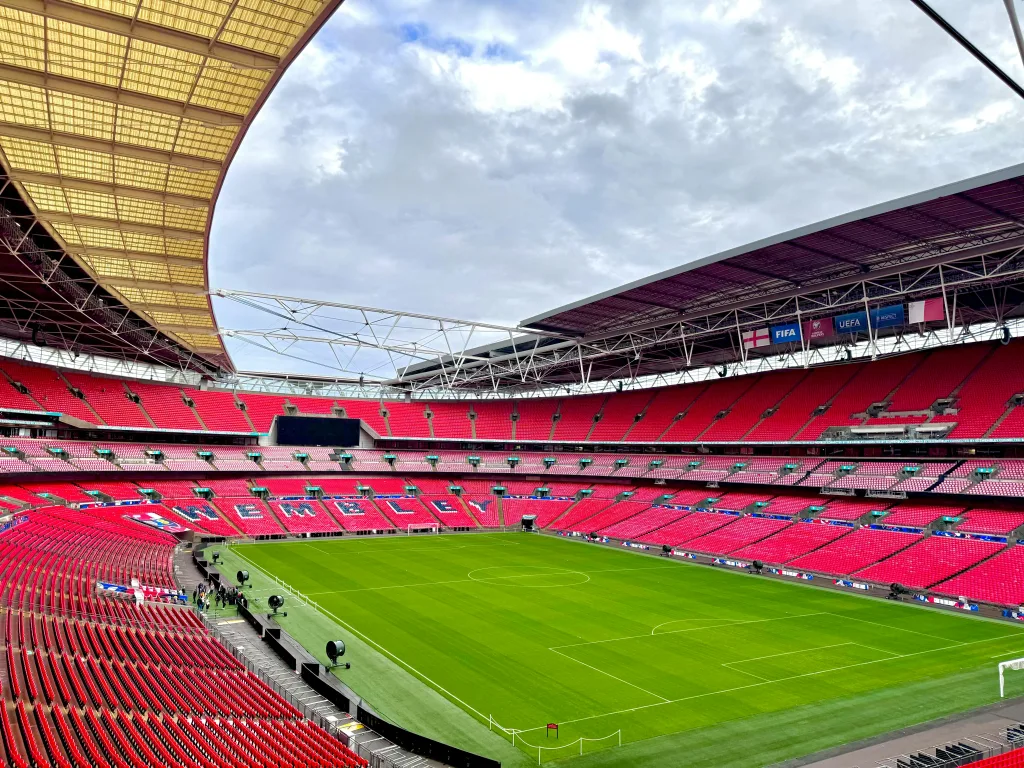
Long before the FIFA Club World Cup came into being, there was the famous Intercontinental Cup—a competition contested annually between European and South American champions. While it had its charm, FIFA envisioned something much grander and inclusive. The idea was to introduce a tournament that featured champions from every FIFA confederation, creating a genuine global showcase of club football.
Sepp Blatter, then president of FIFA, spearheaded the initiative to introduce a globally representative club tournament. The concept was ambitious, aiming to include clubs from every corner of the world—Europe, South America, North America, Africa, Asia, and Oceania—in a single tournament to crown an undisputed global club champion.
This grand vision led FIFA to announce plans for the first FIFA Club World Cup in 1999, with the inaugural edition set for January 2000 in Brazil. This decision marked a significant shift from the two-continent format of the Intercontinental Cup to a fully global tournament.
Why Brazil? Choosing the Ideal Host Nation
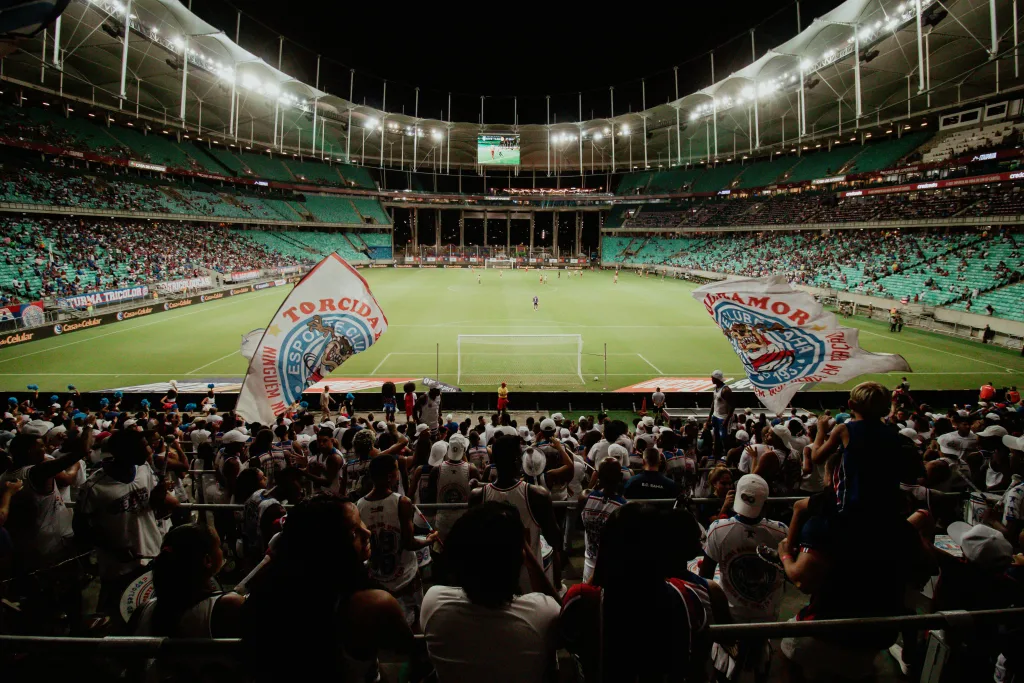
Selecting Brazil as the host nation for the first-ever FIFA Club World Cup was a strategic decision. Brazil, renowned as the “Home of Football,” boasted an extraordinary passion for the sport and provided FIFA with a vibrant atmosphere, enthusiastic fans, iconic stadiums, and unmatched football heritage.
Brazil’s football culture was crucial in ensuring strong attendance and high levels of excitement. FIFA also hoped that hosting the tournament in such a football-rich country would guarantee the success of this innovative and experimental global event.
Participating Teams: An Elite Selection
The tournament featured eight elite clubs, carefully selected or qualified based on their continental achievements:
- Corinthians (Brazil): Qualified as 1998 Brazilian champions, representing the host nation.
- Vasco da Gama (Brazil): Winners of the 1998 Copa Libertadores.
- Manchester United (England): Winners of the 1999 UEFA Champions League.
- Real Madrid (Spain): Qualified as winners of the 1998 Intercontinental Cup.
- Necaxa (Mexico): CONCACAF Champions’ Cup winner.
- Raja Casablanca (Morocco): CAF Champions League winner.
- Al Nassr (Saudi Arabia): AFC Super Cup champion.
- South Melbourne (Australia): OFC Champions League winner.
These teams represented the pinnacle of football from their respective continents, providing a genuinely diverse and talented lineup.
Tournament Format and Rules
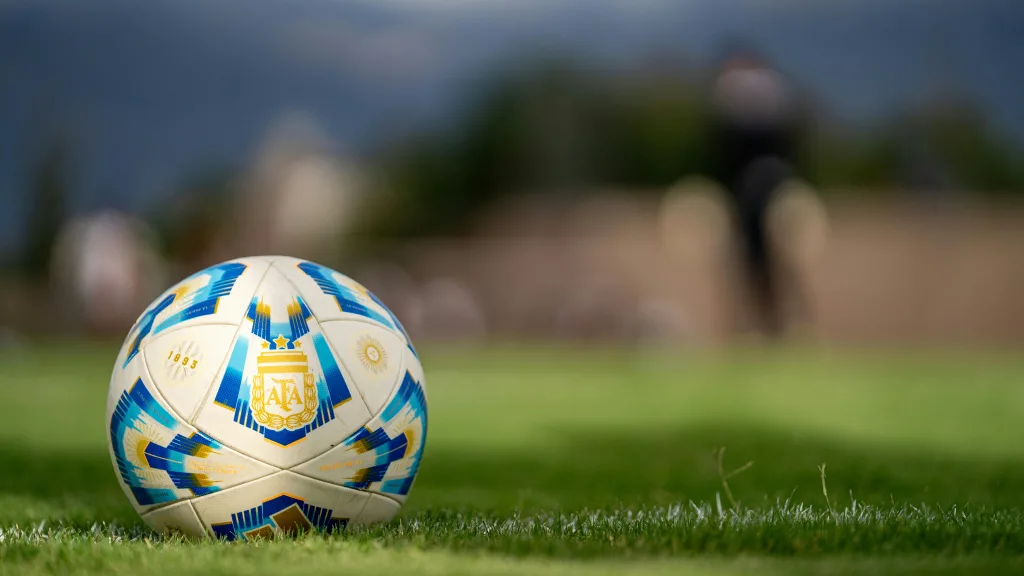
The 2000 FIFA Club World Cup introduced a straightforward format. The eight teams were divided into two groups of four, playing a round-robin stage. The winners of each group advanced directly to the final, while second-place teams competed for third place.
This format was concise and efficient, providing each team with three guaranteed matches and offering fans several exciting fixtures featuring the world’s elite clubs.
The Group Stage Drama
The tournament kicked off on January 5, 2000, at the iconic Estádio do Morumbi in São Paulo and Maracanã in Rio de Janeiro, two temples of Brazilian football history. From the first match, football fans witnessed unexpected results and thrilling performances.
Group A Highlights
Group A featured Corinthians, Real Madrid, Al Nassr, and Raja Casablanca. Corinthians impressed early, drawing with Real Madrid and then convincingly defeating Al Nassr and Raja Casablanca. Real Madrid, despite having legends such as Raúl González and Roberto Carlos, struggled surprisingly, managing draws with Corinthians and Raja Casablanca and a solitary win against Al Nassr.
Ultimately, Corinthians topped the group, undefeated, while Real Madrid disappointingly finished behind them, setting the stage for a final featuring the Brazilian hosts.
Group B Highlights
Group B consisted of Vasco da Gama, Manchester United, Necaxa, and South Melbourne. Vasco da Gama and Necaxa performed brilliantly, while Manchester United, heavily favored and reigning European champions with stars like David Beckham, Paul Scholes, and Ryan Giggs, surprisingly faltered.
Vasco da Gama topped Group B with an impressive campaign, defeating Manchester United and South Melbourne while drawing with Necaxa. Necaxa shocked many by securing the second position in the group ahead of the European giants, leaving Manchester United humiliated and eliminated from contention.
The Controversial Absence of European Dominance
One of the most controversial aspects of the tournament was the poor performance of European clubs, especially Manchester United. Many pundits had anticipated that either Manchester United or Real Madrid would dominate the tournament effortlessly. Instead, the early elimination of Manchester United and Real Madrid’s failure to reach the final ignited criticism and debate about the tournament’s credibility and competitive integrity.
Critics argued that the timing, scheduling, and location negatively impacted European teams, already dealing with packed calendars and long travel distances. Manchester United, in particular, faced criticism for prioritizing their domestic and continental obligations, leading many to question FIFA’s organizational approach.
The Epic Final: Corinthians vs. Vasco da Gama
The final match took place on January 14, 2000, at the historic Maracanã Stadium, setting the stage for an all-Brazilian clash between Corinthians and Vasco da Gama. The atmosphere was electric, with nearly 73,000 passionate fans filling the stands.
The game itself was tense and closely contested. Both teams boasted considerable talent: Corinthians featured stars like Vampeta, Freddy Rincón, and Edílson, while Vasco da Gama relied on veteran striker Romário, supported by Juninho Pernambucano and Edmundo.
After 120 goalless minutes, the match went to penalties. In an intense shootout, Corinthians emerged victorious (4-3), cementing their place in football history as the first-ever FIFA Club World Cup champions.
Lasting Legacy and FIFA’s Challenges
Despite its controversies and logistical challenges, the first FIFA Club World Cup left a lasting legacy. It proved that clubs outside the traditional football powerhouses could compete at the highest global level, inspiring future expansions of the tournament. Its introduction also laid the foundation for today’s highly anticipated and inclusive competition, evolving significantly over the years.
The inaugural tournament’s immediate aftermath was not without issues. Financial difficulties and challenges related to FIFA’s marketing partner ISL led to the event’s temporary discontinuation. However, FIFA successfully relaunched the tournament in 2005, and it has been held annually ever since, gradually becoming one of football’s marquee events.
For detailed insights into the upcoming FIFA Club World Cup 2025, set to be one of the most exciting editions yet with an expanded 32-team format, check our dedicated guide here.
The FIFA Club World Cup’s Evolution: A Global Phenomenon
From humble and contentious beginnings, the FIFA Club World Cup has evolved into an esteemed global tournament. European and South American clubs have since dominated the winners’ circle, but teams from other continents are continuously improving, making it increasingly competitive and unpredictable.
For further exploration into the Club World Cup’s fascinating history, including complete statistics and analysis of matches, visit the authoritative external source FIFA Club World Cup Official Archive for comprehensive and reliable historical data.
Conclusion: Celebrating Football’s Global Unity
The first FIFA Club World Cup in 2000 was undoubtedly insane—a blend of excitement, drama, controversy, and unforgettable football. While not flawless, it laid the groundwork for a truly international club competition, capturing global interest and serving as a testament to football’s universal appeal.
Today, the FIFA Club World Cup represents unity, global celebration, and football excellence. As the tournament continues evolving, we look back at its captivating origins with appreciation and anticipation for the many incredible moments yet to come.
Which was your favorite moment from the inaugural FIFA Club World Cup? Share your thoughts and experiences in the comments below, and follow kalikablogs.com for more insightful football coverage!


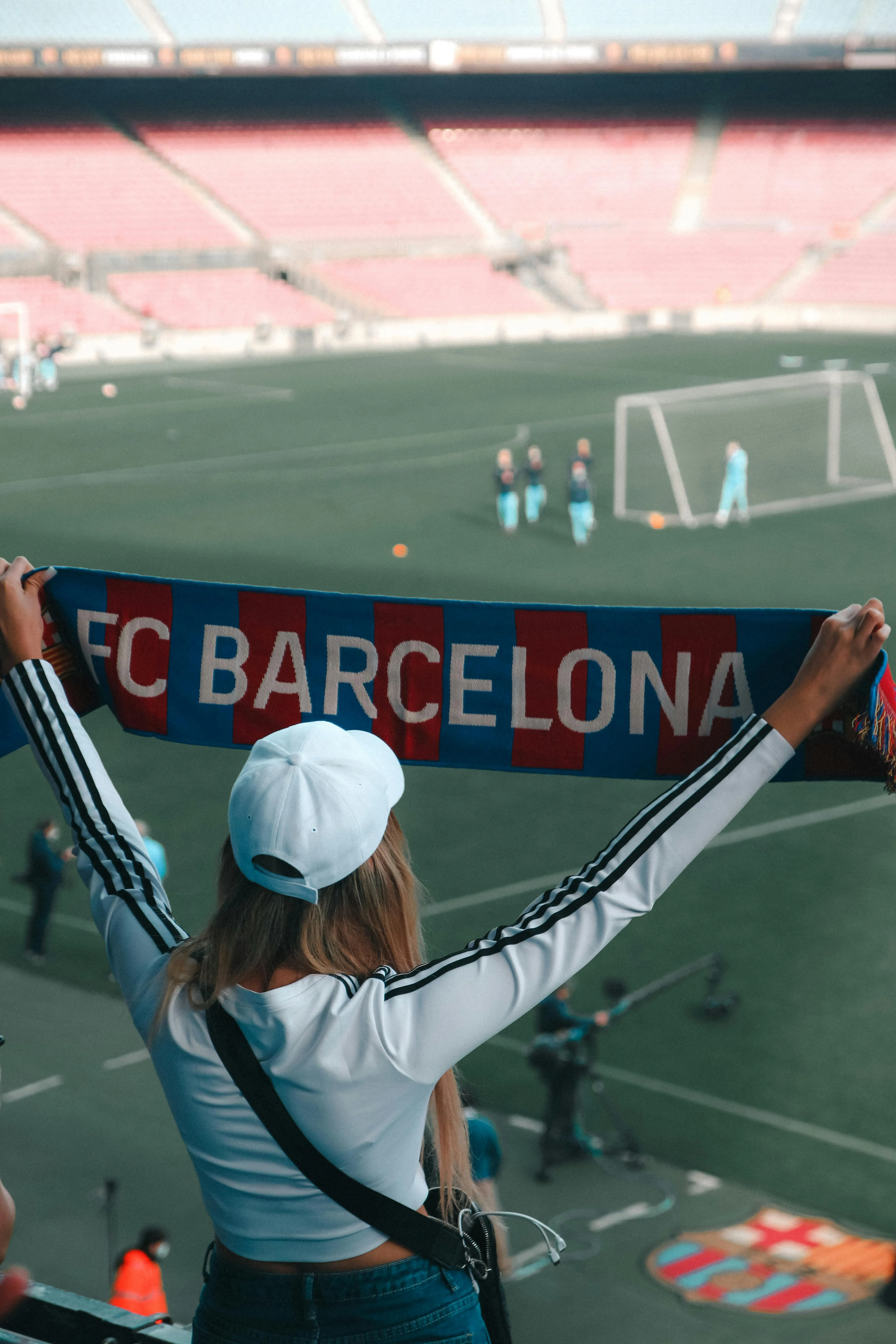
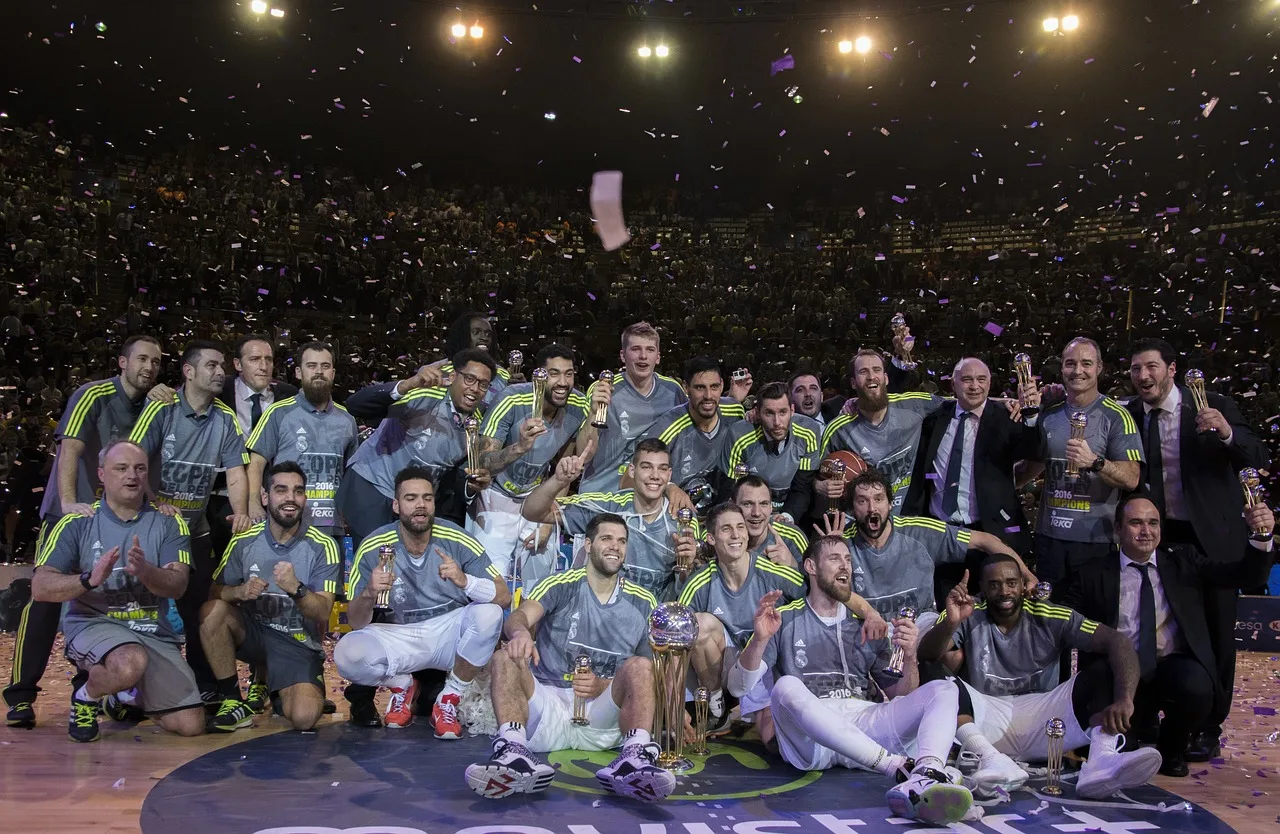
Very nice blog informative.